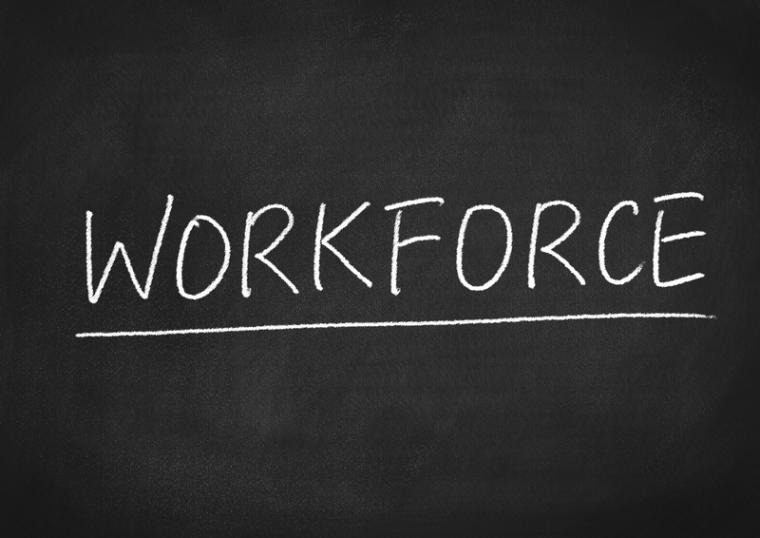
Manufacturing employment crept up slowly in June, according to the Census Bureau’s recent Employment Situation report, which showed that the goods-manufacturing businesses hired 15,000 more people in June, after hiring 39,000 in May.
The overall nonfarm economy added an estimated 850,000 jobs in June, and unemployment changed little from its current rate of 5.9 percent.
Durable goods manufacturing added a net 18,000 jobs, though the largest change in employment was a loss: Motor vehicles and parts manufacturing lost 12,300 employees last month, a little more than half of the 22,800 people hired there in May. The significant loss was offset by substantial gains in different durable goods industries, including furniture manufacturing (which hired 8,500), fabricated metal products (5,700) and primary metals (3,100).
Nondurable goods manufacturing as a sector lost a net 3,000 jobs, mainly thanks to jobs lost in food manufacturing, plastics and rubber products. Food manufacturers dropped 4,100 employees and the plastics and rubber industry lost 2,900. Although growth in miscellaneous nondurable goods manufacturing offset plastics and rubber losses, with an estimated 2,900 jobs gained, losses of more than a thousand jobs in printing industries and petroleum products pushed nondurable goods employment into the red.
An industry-wide shortage of available labor appears to be exerting upwards pressure on average wages, especially in manufacturing. Compared to this time last year, average hourly earnings in manufacturing rose 4.9%, with average hourly take in durable manufacturing increasing 5.7% and 3.8% in nondurable manufacturing.
That’s a notably faster increase in hourly earnings than the economy at large. Average hourly earnings in all private, nonfarm companies rose 3.6% year-over-year from June 2020 to June 2021. The average U.S. manufacturing worker currently made $23.75 an hour last month, still less than the average private worker, who made $26.68.
The rise in average hourly wages reflects the urgency manufacturers currently face with hiring talent. The latest report on manufacturing business from the Institute for Supply Management found labor shortages an increasing challenge for respondent industrial executives, and lowered its manufacturing employment index to 49.9% from growth territory.
Despite a streak of employment growth as the manufacturing economy opened up again, the number of people employed in manufacturing in the U.S. is still down 480,000 from where it was in February 2020, the Census Bureau reported.
(Click to Expand)

There are no comments
Please login to post comments